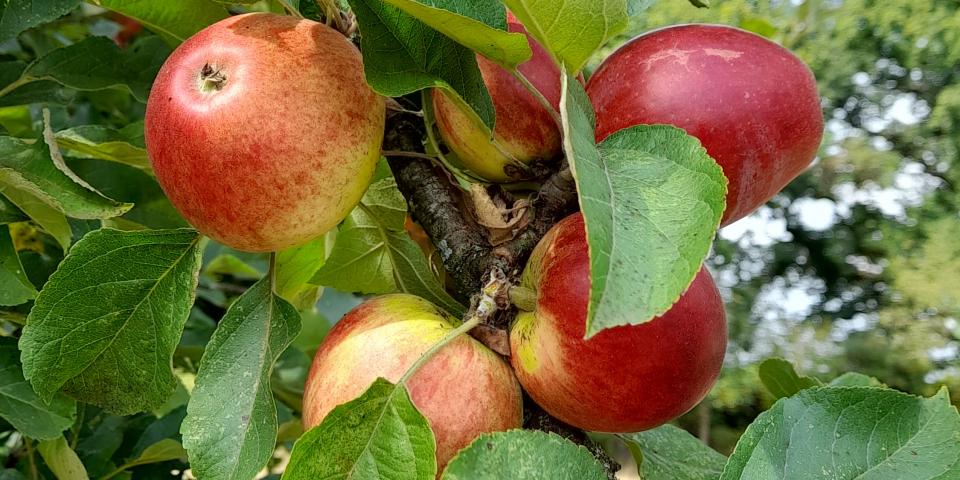- Posted By: beekeeper
- Comments: 0

As the summer months draw to a close and the golden colours of autumn reveal themselves, it's a reminder that the beekeeping season also changes.
It hardly seems like yesterday that I was getting ready for spring with the first inspections of the year being eagerly anticipated. Opening a hive for the first time each year is both exciting and worrying at the same time. Has the colony survived the winter? Has the queen survived to take the colony from strength to strength?
This year seems to have had its own challenges. In addition to the unseasonal weather that we have had, there has been a wider outbreak of Chronic Bee Paralysis Virus. Unfortunately, there is no cure for this relatively new virus, other than to cull an affected colony to prevent the virus spreading. Previous thoughts were to remove the floor of the colony and add more supers to give them space. The idea being that rather than the bees carrying out the dead bees and passing the virus on to them, the dead bees would fall down onto the ground without needing the unaffected bees doing the undertaker's job.
Looking back over the spring and summer months, it seems all the flowers were in a rush to bloom and be a month early. The normally long blackberry season was extremely short at a time when the bees would be out busy foraging to bring in their nectar and pollen stores. When the National Bee Unit issues a starvation alert to all beekeepers, you know that the bees are in trouble.
The saving grace this year was an abundance of white clover that flowered prolifically late in the season. This is an interest in itself... it's the first year since I've been a beekeeeper that the conditions white clover needs to produce an abundance of nectar have been right. And those conditions are that the temperature needs to exceed 20°C. We've certainly had those temperatures both day and night with four heatwaves this year.
With autumn, comes the big clean up of beekeeping equipment. The supers have been extracted and it's time to start going through them to take out all the old frames to replace with new before stacking them ready to use next year. The steamer will be lit to render down the wax before the frames are then boiled to sterilise and re-use next year. There's always something to do when you're a beekeeper!
